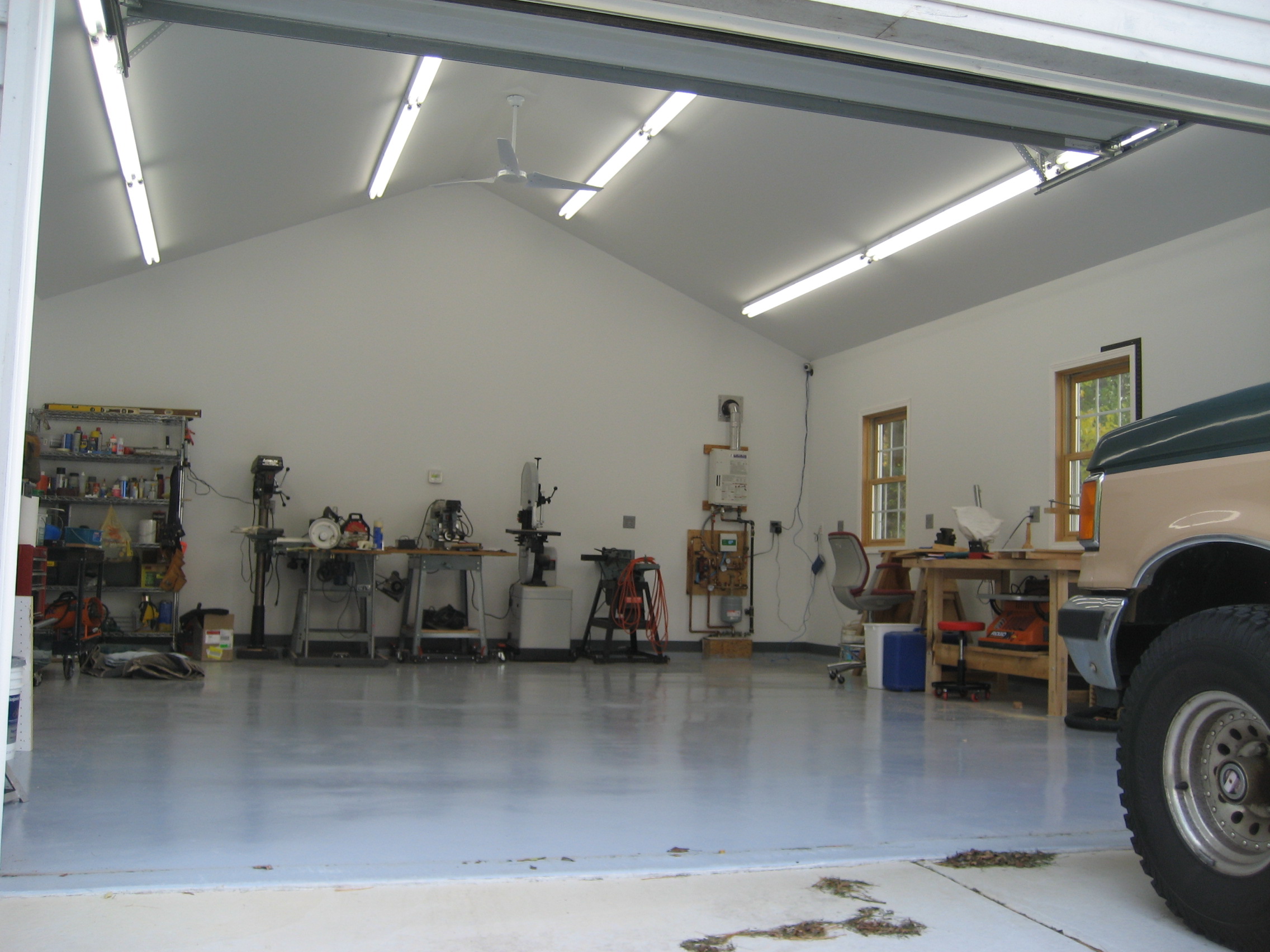Brad W
Pattern Altitude
this is just sort of pipe dream / day dream stuff
Just interested to see thoughts.. not just previous builders, but especially from those of you that have built experimental before
What would you like to have in a shop (realistic level stuff, not lottery winners)
and my thought is not on an airpark neighborhood with a hangar attached
but a regular house...perhaps in a developed neighborhood...perhaps a standard attached garage or a purpose built out structure
so it would force it to be either a trailer-able design (those don't interest me as much) or take it to an airport somewhere once the major sub-assemblies are done.
and I'm thinking kit type, probably metal or maybe composite.... but I'm daydreaming about something like a Van's RV-9 or RV-14, for example
not wood or fabric (because it might end up living outside if I can't get a hangar)
What sort of size? space/area layout? features?
my reason for the thought.....
My daydreams lately have settled on what it would be like to dive into a kit plane project when I retire in a few years.
This morning on my way to work I was thinking about my wife's desire to downsize our home at that point as the kids depart, and what it might look like with a workshop.
Now I know a lot of folks have built in their basement, garages, and I heard of one being built in a living room, removing windows to get it out once it was ready to move the parts to the airport...
but I was wondering more about not just the set-up to "make do".... but a realistic but much nicer situation
Just interested to see thoughts.. not just previous builders, but especially from those of you that have built experimental before
What would you like to have in a shop (realistic level stuff, not lottery winners)
and my thought is not on an airpark neighborhood with a hangar attached
but a regular house...perhaps in a developed neighborhood...perhaps a standard attached garage or a purpose built out structure
so it would force it to be either a trailer-able design (those don't interest me as much) or take it to an airport somewhere once the major sub-assemblies are done.
and I'm thinking kit type, probably metal or maybe composite.... but I'm daydreaming about something like a Van's RV-9 or RV-14, for example
not wood or fabric (because it might end up living outside if I can't get a hangar)
What sort of size? space/area layout? features?
my reason for the thought.....
My daydreams lately have settled on what it would be like to dive into a kit plane project when I retire in a few years.
This morning on my way to work I was thinking about my wife's desire to downsize our home at that point as the kids depart, and what it might look like with a workshop.
Now I know a lot of folks have built in their basement, garages, and I heard of one being built in a living room, removing windows to get it out once it was ready to move the parts to the airport...
but I was wondering more about not just the set-up to "make do".... but a realistic but much nicer situation




